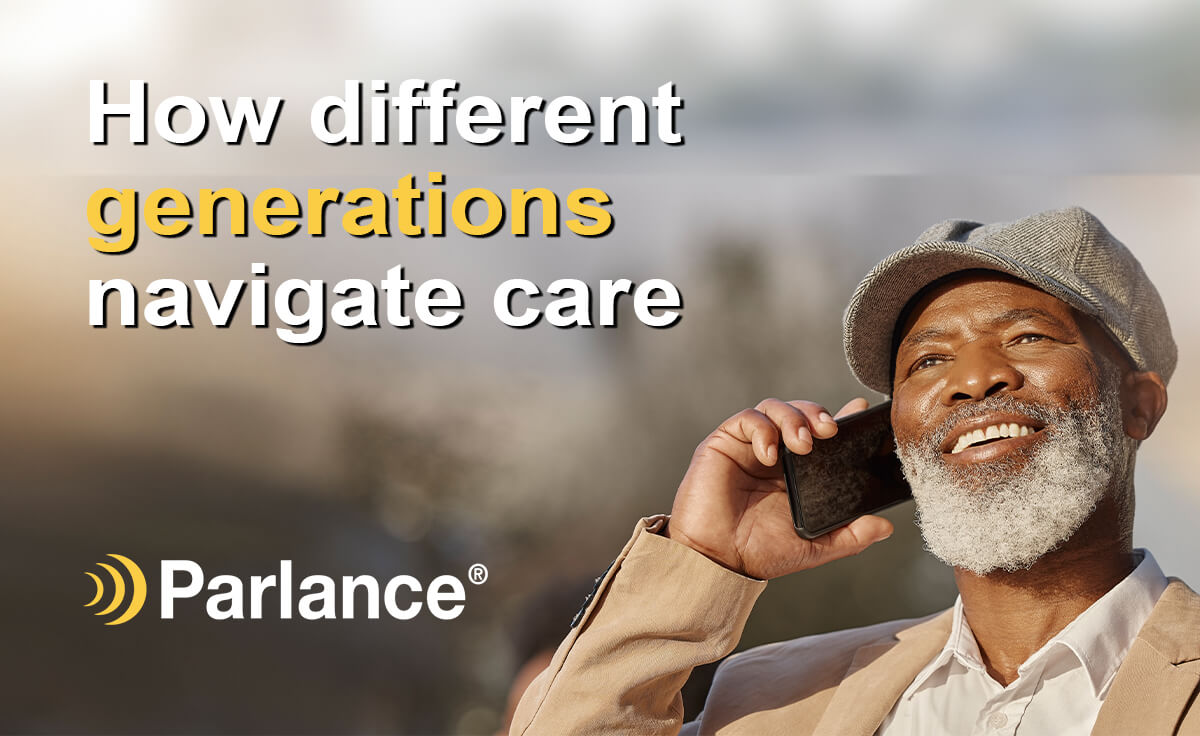How Health Systems Can Improve Patient Navigation for Each Generation
It’s crucial for a patient access contact center to be equipped for healthcare consumers of all ages, particularly when it comes to the way they access care. Each generation has their own expectations and preferences for what will best meet their needs when they seek assistance from their health system. Navigating a complex organization is challenging, and what satisfies one age group may not be acceptable to another. Baby Boomers lean on telephony, Millennials favor online avenues, and Gen X splits the difference. Here’s more about how everyone’s navigational journey is distinct:
Baby Boomers (1946-1964)
Baby Boomers require more help than younger generations, both in the context of their own health and the accessibility of care in a rapidly advancing digital healthcare landscape.
Most people in their 60s and 70s strongly prefer speaking to a live agent over the phone and value excellent customer service experiences. Baby Boomers bring their strong work ethics to situations and judge the mismanagement of a call center harshly. They are the first to become very frustrated and annoyed by excessive transfers or ineffective phone trees. When Baby Boomers interact with technology, it needs to be a seamless self-serve experience.
Gen X (1965-1980)
Gen X’ers are equally comfortable with both telephony and technology. At this stage in their lives, this generation is often juggling their own healthcare with that of their children and aging parents. Since they’re in charge of caring for several people at once, ease of communication is a high priority. With a full plate and a strong work ethic, Gen X’ers appreciate the convenient navigation of self-service when they want it and the ability to talk to a live agent when they don’t have the bandwidth for a portal or other online path.
Millennials (1981-1996)
Millennials grew up in the internet age, are very accustomed to technology, and are quick to default to online platforms when they need support. This means that when they choose to call their hospital/clinic, they’re typically looking for help with more complex issues – especially as parents with young children. Millennials are comfortable with tech and open to new advancements in patient navigation that allow them to self-serve when they want to. Hospitals and clinics must get it right with Millennials; they expect efficient customer service, have strong brand awareness, and commonly consult online reviews and leave their own. Health systems stand to lose lifetimes of revenue if they alienate Millennials with young families.
Navigating a complex health system environment can be frustrating no matter your age, which is why organizations need to meet callers where they are. With the extensive speech recognition capabilities of modern IVRs, and the additional capabilities of IVAs, agents have increased bandwidth to handle the needs of each generation. Millennials, have the biggest impact on agent availability, as they’re most apt to self-serve. Similarly, when Gen X’ers can easily use their voices to navigate care even while they’re multitasking, fewer agents are faced with redundant tasks. As a result, Baby Boomers and members of all generations with complex issues get the personal care they deserve without extensive hold times.
In order for healthcare consumers of every generation to be satisfied and access care easily, health systems need to provide frictionless patient navigation. When contact center agents are empowered to work at the top of their skillsets, patient experience improves. An efficient contact center benefits everyone.
By Annmarie Block




